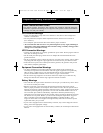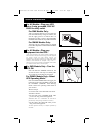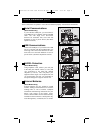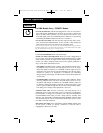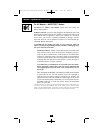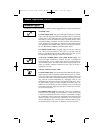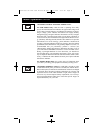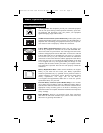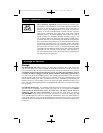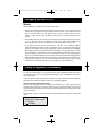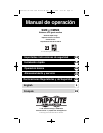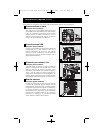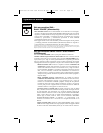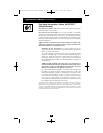
10
Storage
For SMX Models Only: Before storing your UPS, turn it completely OFF: with the UPS ON
and receiving utility power, press and hold the POWER button for one second (an alarm will
beep once briefly after the interval has passed); then, unplug the UPS from the wall outlet.
CAUTION! Your UPS has an internal power source. Its outlets may still deliver current,
even after the UPS is unplugged, until the UPS is completely turned OFF (deactivated). If
you store your UPS for an extended period of time, recharge the UPS batteries once every three
months: plug the UPS into a wall outlet; allow it to charge for 12 hours; and then unplug it and
place it back in storage. Note: after you plug the UPS in, it will automatically begin charging its
batteries; however, it will not supply power to its outlets (see Quick Installation section). If you
leave your UPS batteries discharged for an extended period of time, they will suffer a permanent
loss of capacity.
For OMNIX Models Only: All connected equipment should be turned off, then disconnected
from the UPS to avoid battery drain. Unplug your UPS from its AC receptacle. CAUTION:
Your UPS has an internal power source. Its outlets may still deliver current after it is
unplugged, until the UPS is deactivated. To deactivate the UPS, press and hold its
UPS/STANDBY button. Your UPS is now ready for storage. If you plan on storing your UPS
for an extended period of time, fully recharge the UPS batteries once every three months by
plugging the UPS into a live AC outlet and letting the UPS charge for 12 hours. If you leave
your UPS batteries discharged for an extended period of time, they will suffer a permanent loss
of capacity.
Storage & Service
Power Sensitivity Adjustment: This dial is normally set fully coun-
terclockwise, which enables the UPS to protect against waveform dis-
tortions in its AC input. When such distortion occurs, the UPS will
normally switch to providing PWM sine wave power from its battery
reserves for as long as the distortion is present. In areas with poor
utility power or where the UPS’s input power comes from a backup
generator, chronic waveform distortion could cause the UPS to
switch to battery too frequently, draining its battery reserves. You
may be able to reduce how often your UPS switches to battery due to
waveform distortion by experimenting with different settings for this
dial. As the dial is turned clockwise, the UPS becomes more tolerant
of variations in its input power’s AC waveform. NOTE: The further
the dial is adjusted clockwise, the greater the degree of waveform dis-
tortion the UPS will allow to pass to connected equipment. When
experimenting with different settings for this dial, operate connected
equipment in a safe test mode so that the effect on the equipment of
any waveform distortions in the UPS’s output can be evaluated with-
out disrupting critical operations.
NORM DELAY
Basic Operation
continued
200711093 93-2745 230V HG UPS OM.qxd 12/17/2007 9:39 AM Page 10



